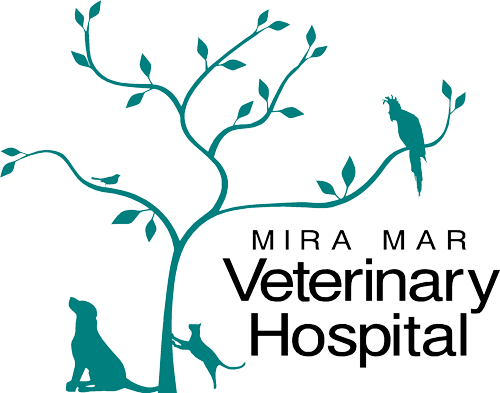Although we’re probably all familiar with the portrayal of human anaesthesia that we see in movies (picture a medical mask descending over the camera!), many owners aren’t sure what’s involved in a general anaesthetic for their pet.
As a result, our team have decided to talk “All things anaesthesia” and answer some common pet-parent questions about general anaesthetics. Breathe in, here we go!
“Will my pet have a mask put over their face to knock it out?”
In most cases, pets will be given an initial sedative drug “cocktail” (usually by an injection under their skin, into their muscle, or into their vein via an intravenous cannula) to make them sleepy. They are then induced (sent into unconsciousness) using an injectable anaesthetic drug into their vein. This helps pets go to sleep quickly with minimal stress, allowing us to quickly insert a tube into their airways to support their breathing.
“Why aren’t cats and dogs usually induced via a medical gas mask?”
Unless a pet is very sleepy or weak, they won’t usually tolerate the smell of isoflurane anaesthetic gas whilst awake, and can become stressed or start struggling.
We do, however, often use masks to administer 100% oxygen to animals who are about to undergo a general anaesthetic, to ensure they keep good levels of oxygen in their blood for a few minutes until we can support their breathing with a breathing tube.
“How is my pet kept asleep?”
In many cases, pets are kept asleep through a small amount of anaesthetic gas being added to the oxygen flowing into their breathing tube. However, for some procedures, pets may be kept asleep via a slow and steady calculated infusion of anaesthetic medication into their vein.
When it’s time to wake up, we turn off the flow of anaesthetic gas or intravenous medication and monitor your pet closely until they’ve sufficiently recovered.
For more information on the safest anaesthesia for your pet, consult our anaesthesia-aware team.

